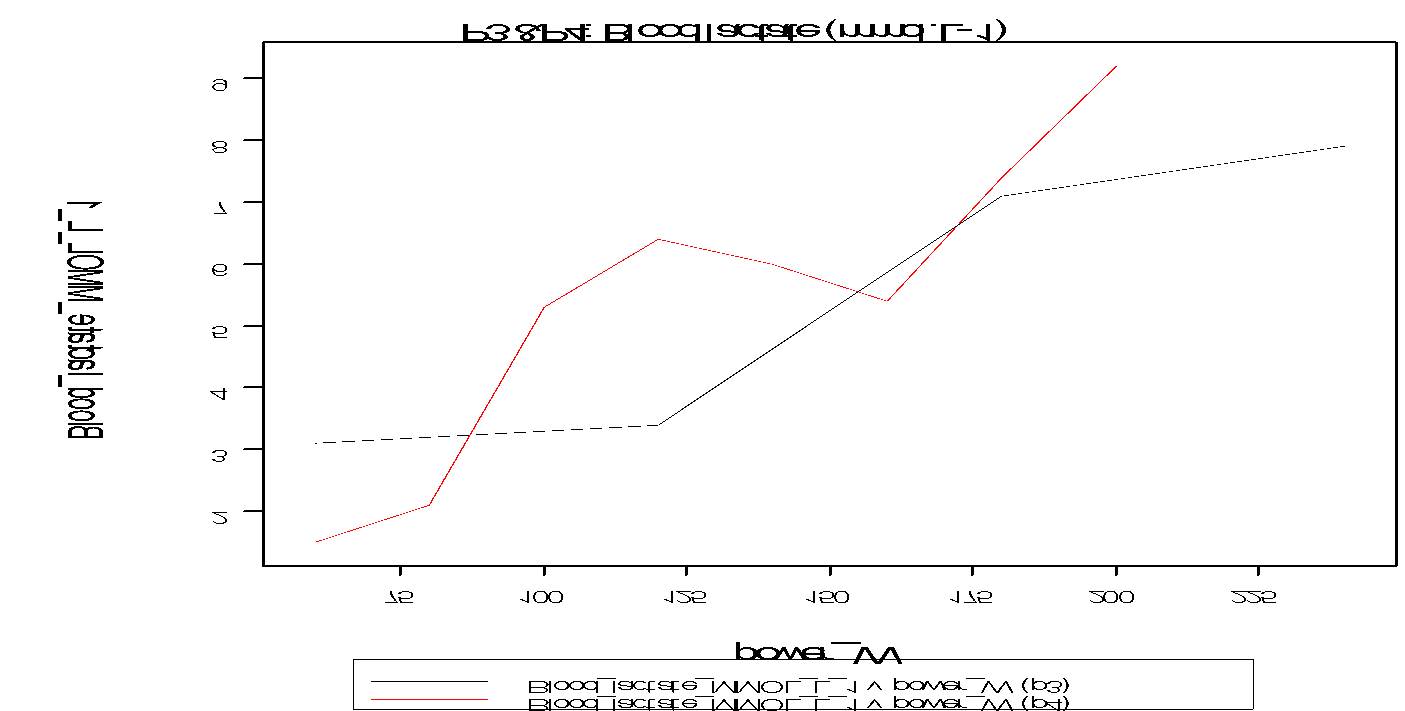Anaerobic Threshold refers to the minimum level below which no increase in blood lactose can occur. Levels below AT energy necessary for performing an exercise is generated from aerobic reserves. However, at levels above AT, supplementing aerobic production necessitates aerobic energy. Svedahl and MacIntosh (2003, p. 299) define AT as the level of exercise during a rigorous muscle movement whereby all the energy required cannot be accounted for by measurement of oxygen uptake.
AT intensity is a significant variable in endurance sports. In determining performance, it plays the fundamental role in monitoring the training schedule. If athletes are to engage in endurance events they need to develop ability to sustain a highly fractional usage of their maximal oxygen uptake (%VO2 max) causing the athlete to be physiologically efficient in the activities they perform (Ghosh 2004, p. 24)
During increment in exercise, at a certain intensity, there is a nonlinear steep increase in ventilation, known as Ventilation Anaerobic Threshold. Similarly, lactate threshold which is a nonlinear increment in blood lactate concentration, is followed by a non linear increment in CO2 production, an arterial lactate level of 4mM/L known as the onset of blood level lactate accumulation (OBLA), and an increase in FEO2. These points are all labeled as AT (Ghosh, 2004, p. 26; Hollman, 1959). The AT can be assessed in several ways. These include using the lactase threshold or the ventilation threshold (McArdle, Katch, F and Katch, V., 2001).
Ventilation threshold (VT)
VT results when increase in ventilation does not equate increasing power output or locomotion at a given exercise intensity. (Svedahl and MacIntoch, 2003, p. 310). Among the various methods of determining VT, the level at which VE/VO2 ratio begins to increase, is also used. McArdle, et al. (2001) utilized computerized regression analysis of the VCO2 verses VO2 slope.
Lactases threshold (LT)
On the other hand, LT involves the relatively high increase in blood lactate due to an incremental exercise test at a given exercise intensity (Svedahl and MacIntoch, 2003, p. 323). It can be determined through different methods including Blood lactase, where the test measures the lactase response to as given workloads. As the intensity of the exercise increases for the athlete, blood samples from the ear lobes or fingertip are collected. The point where the lactate begins to rise very fast is the point said to be the LT. Physiologists term LT as the point where there is a rise of more than 1mmol of lactate from the resting level. The lactase level rises linearly with the workloads until it reaches AT it breaks the linearity (Chad, 2009). It can also be measured through a field test. Here the athletes complete as 120-120 minute-trial effort as hard as they can. The average power and heart rate recorded and the percentages of these values are used to determine the LT (Hollman, 1959).
Below are tables for the results of the protocols (1-4) and their calculation of VE, VO2 and VCO2.
Table 1: protocol one (p1)
Table 2: Protocol two (p2)
Table 3: Protocol three (p3)
Table 4: Protocol four (p4)
The figures below were used to compare and determine the Ventilation and Lactate threshold. In all cases the LT/VT are indicated when there is a spike in the graph.


The figure alongside was used to determine the Lactate threshold (LT) for subject 1 for protocol 1. The LT for the subject occurred at 9 minutes and at blood lactate level of 3.0mml.L-1.








The figure above compares the blood lactase levels for protocol 3(p3) and protocol 4(p4).The blood lactase levels when the subjects intensity is increased by 60W has a gentler aslope as that of the subject whose intensity is increased by 20 W. The subject reaches the LT at much slower pace when the intensity is increases by 60W every 2 minutes as compared to the time when the intensity in increased with 20W every 2 minutes.
There were no big differences in the results given between the 1st and 2nd protocol for the first subject just as there was no big difference between the 3rd and 4th protocol. There was however as difference between the 1st and 2nd protocols used on the first subject and the 3rd and 4th protocol that were used on the second subject.
The athlete tested training for 10K a lactate threshold of 2.2mmoL-1 would be associated with the pace of the race. Thus, a single threshold level cannot be used for two different events, such as a 10K and a marathon. Additionally, the speed recorded for the 4mml.L-1 would not be applicable for a 10K running. This is because athletes cannot effectively sustain the speed blood lactate of 4 mml.L-1 for a relatively longer period. Instead the results indicated that in order for accurate forecasting the 10K and half marathon performance was to graph the results. The figures recorded on the graph are then connected on the basis of best-fit lines. The graphical determination proved more reliable compared to the specific measurement of blood lactate levels.
According to the results, it is not possible to apply a single lactate level for multiple events. Equally, athletes would not effectively sustain the pace associated with a lactate threshold of 4 mml.L-1. However blood lactate levels beyond 4 mml.L-1 during time trials in cycling, means that different sporting activities prompt varied responses from the athletes. Clearly, the 10K race showed the link between performance and testing. Because testing of such levels occurs by progressively increasing the treadmill speed at constant intervals. The athletes tested established that the 10K race was associated with 2.2 mml.L-1, though self taste runs blood lactate levels would climb to 6 mml.L-1.
Reference List
Chad, B., 2009. The scoop of lactase threshold testing. Velonation.
Ghosh, A. K., 2004. Anaerobic Threshold: Its concept and role in endurance sport. Malaysian Journal of Medical Sciences, 11, (1), pp. 24-36.
Hollman, W., 1959. The relationship between pH, lactic acid, potassium in the arterial blood and venous blood, (PoW) and pulse frequency during increasing spirometric work in endurance-trained and untrained persons. Pan American Congress for sports Medicine Chicago, Chicago.
McArdle, W. D., Katch, F. I. and Katch, V. L., 2001. Exercise Physiology. 5th edn. Lippincott: Williams & Wilkins.
Svedahl, K. and MacIntosh, B. R., 2003. Anaerobic threshold: The concept and methods of measurement. Canadian Journal of Applied Physiology, 28, (2), pp.299-323.